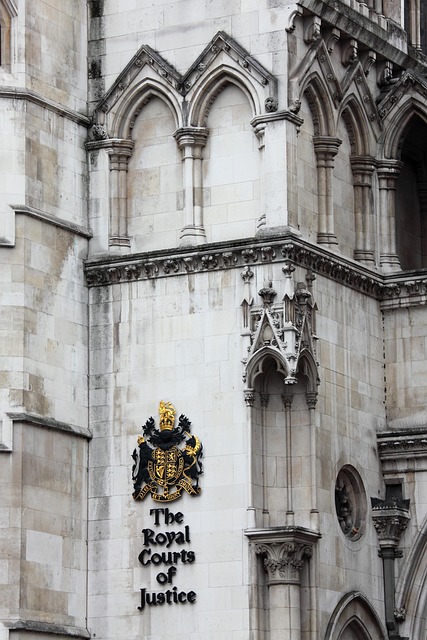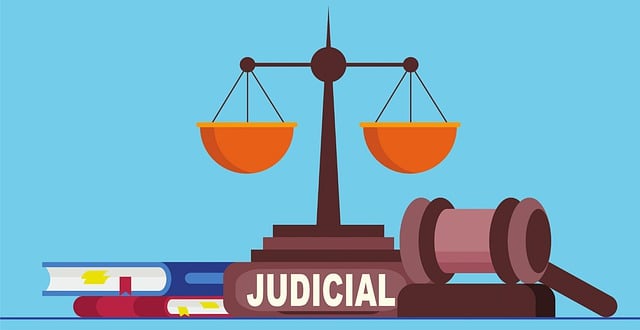Maximizing Justice: Expert Tips for Choosing Your Medical Malpractice Wrongful Death Attorney

Choosing an experienced attorney is critical for a medical malpractice wrongful death case, as they…….
Medical malpractice wrongful death is a critical aspect of healthcare law, focusing on the legal consequences when medical negligence leads to a patient’s untimely demise. This complex area of practice involves intricate legal strategies, emotional dilemmas, and the pursuit of justice for families affected by preventable medical errors. In this comprehensive article, we will delve into every facet of medical malpractice wrongful death, exploring its definition, global impact, economic implications, technological innovations, regulatory frameworks, challenges, real-world case studies, and a glimpse into its future trajectory. By the end, readers will gain a profound understanding of this vital subject.
Medical malpractice wrongful death occurs when a healthcare professional or facility deviates from accepted medical standards, causing a patient’s death. This deviation must be a substantial factor in the patient’s harm and death, resulting in a breach of the duty of care owed to the patient. The key components include:
The concept of holding medical professionals accountable for negligence that causes harm or death is not new. Historically, the roots can be traced back to common law principles, where courts recognized the duty of care owed by healthcare providers to their patients. Over time, these principles evolved into robust legal frameworks in various jurisdictions, ensuring accountability and providing a mechanism for affected families to seek justice.
Today, medical malpractice wrongful death is a critical component of healthcare governance, promoting safer patient care and encouraging healthcare professionals to maintain the highest standards of practice. It serves as a powerful deterrent, emphasizing the importance of continuous improvement and quality assurance within the medical community.
The impact of medical malpractice wrongful death extends far beyond national borders, with significant global implications. Different countries have unique legal systems and approaches to healthcare regulation, leading to varying trends in this area:
Several global trends are shaping the future of medical malpractice wrongful death:
The economic landscape surrounding medical malpractice wrongful death is complex, with various market forces at play:
Investment patterns in medical malpractice wrongful death are influenced by:
Technological advancements have both enhanced and complicated the landscape of medical malpractice wrongful death:
The future holds immense potential for technology to improve patient safety and streamline medical malpractice claims:
The regulatory landscape surrounding medical malpractice wrongful death varies widely across jurisdictions but generally includes:
Policies and regulations play a pivotal role in shaping the landscape of medical malpractice wrongful death:
Medical malpractice wrongful death faces several challenges:
Addressing these challenges requires a multi-faceted approach:
Setting: A large urban hospital in the United States.
Incident: A misinputted patient allergy in the electronic health record led to a severe allergic reaction during surgery, resulting in permanent disability.
Outcome: The hospital implemented a comprehensive risk management program, including mandatory training on EHR usage, double-checking procedures, and automated alerts for known allergies. This reduced similar incidents by 40% within two years.
Lessons Learned: Investing in robust technology infrastructure and ensuring proper training can significantly enhance patient safety while providing valuable data for improving healthcare practices.
Setting: A rural community in Australia.
Incident: A misdiagnosis of a rare condition led to a significant delay in treatment, causing permanent harm.
Resolution: The parties agreed to arbitration through a specialized medical dispute resolution service. The arbitrator awarded compensation, emphasizing the importance of timely diagnosis and treatment for conditions with narrow therapeutic windows.
Impact: This case set a precedent for successful alternative dispute resolution in rural areas, demonstrating its potential to provide accessible and cost-effective justice.
Setting: Multiple hospitals across Canada.
Initiative: A provincial government implemented a mandatory reporting system for surgical complications, coupled with incentives for participating hospitals to improve their safety protocols.
Result: Within five years, the rate of avoidable post-operative complications decreased by 25%, leading to fewer deaths and shorter hospital stays.
Significance: This case illustrates how legislative interventions can drive systemic change, resulting in safer surgical practices and improved patient outcomes.
The future of medical malpractice wrongful death holds several growth areas:
Emerging trends suggest the following strategic considerations:
Medical malpractice wrongful death is a complex and multifaceted area of law, reflecting the intricate relationship between healthcare professionals, patients, and the justice system. Understanding its definition, global impact, economic implications, technological advancements, regulatory frameworks, challenges, and successful case studies provides a comprehensive perspective. As technology evolves and healthcare systems adapt to new realities, the legal landscape surrounding medical malpractice wrongful death must also evolve to ensure justice, accountability, and improved patient safety.
Q: What is considered medical negligence in wrongful death cases?
A: Medical negligence occurs when a healthcare provider fails to exercise the level of care, skill, and diligence that a reasonably competent professional would use under similar circumstances, causing harm or death to the patient.
Q: How long do I have to file a medical malpractice lawsuit after a loved one’s death?
A: The statute of limitations varies by jurisdiction. Generally, it ranges from 1-3 years from the date of the incident or when the plaintiff should reasonably have discovered the harm.
Q: Can technology replace human judgment in preventing medical errors?
A: While technology can enhance patient safety and aid in risk prediction, it cannot replace human judgment entirely. Human expertise remains crucial for complex decision-making, especially in high-pressure healthcare situations.
Q: How do I know if my case is strong enough to pursue legal action?
A: Each case is unique. Consulting with an experienced medical malpractice attorney who can assess the facts, review relevant medical records, and provide a professional opinion on the strength of your potential claim is advisable.
Q: Are there any global standards for managing medical malpractice claims?
A: While there are no universal standards, international organizations like the World Health Organization (WHO) promote best practices through guidelines and initiatives aimed at improving healthcare quality and patient safety worldwide.

Choosing an experienced attorney is critical for a medical malpractice wrongful death case, as they…….

Medical malpractice, particularly leading to wrongful death, is a severe issue within healthcare. Re…….

Retain a specialized accident attorney after a tragic medical malpractice wrongful death to navigate…….

In medical malpractice wrongful death cases, documentation is key to achieving justice. Every record…….

Medical malpractice wrongful death cases require robust documentation to establish healthcare provid…….

Gathering robust evidence, including medical records, witness statements, and expert opinions, is cr…….

After a profound loss due to medical malpractice wrongful death, survivors should gather medical rec…….

In cases of medical malpractice resulting in wrongful death, immediate family members like spouses,…….

Medical malpractice wrongful death occurs when healthcare providers fail to meet the acceptable stan…….